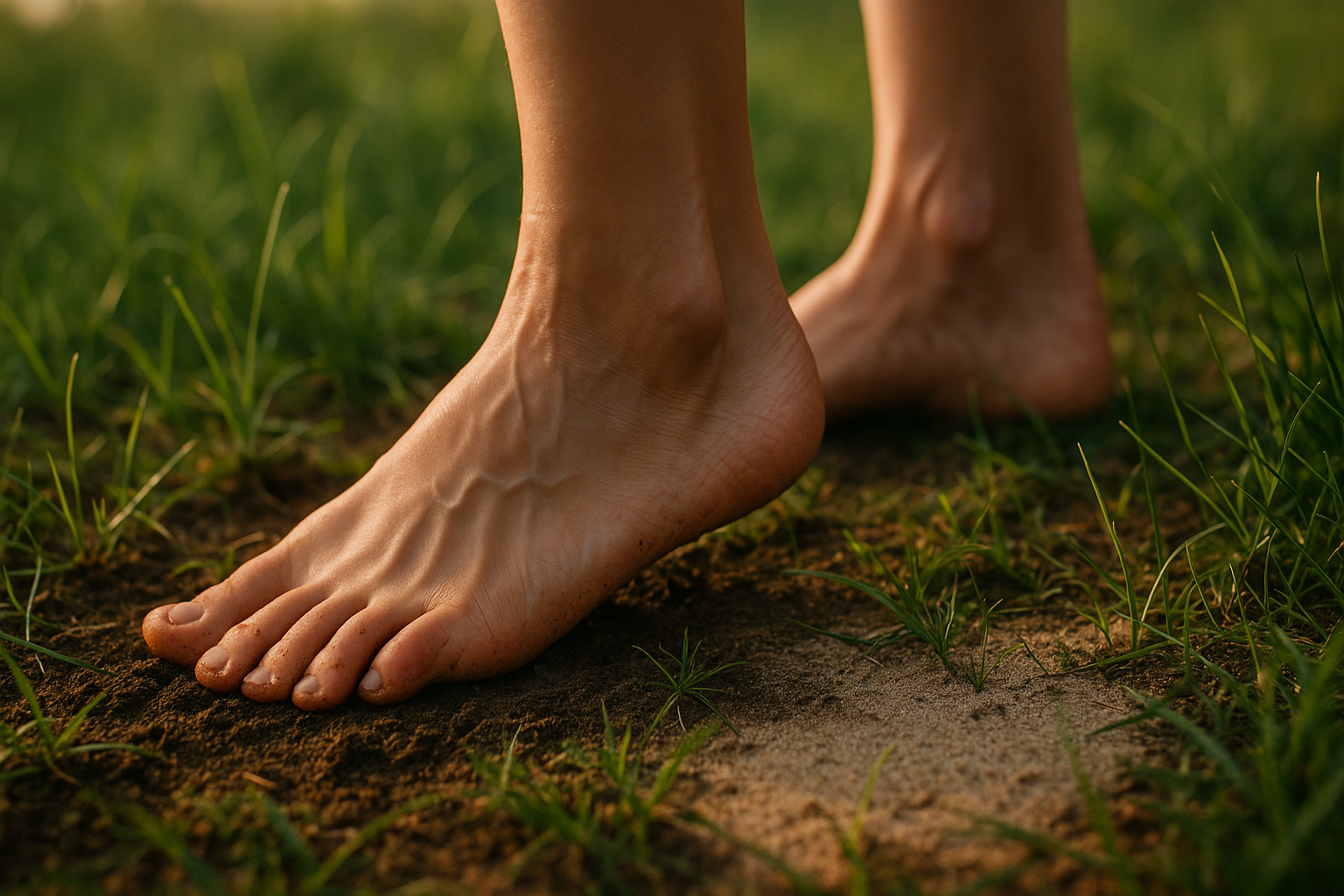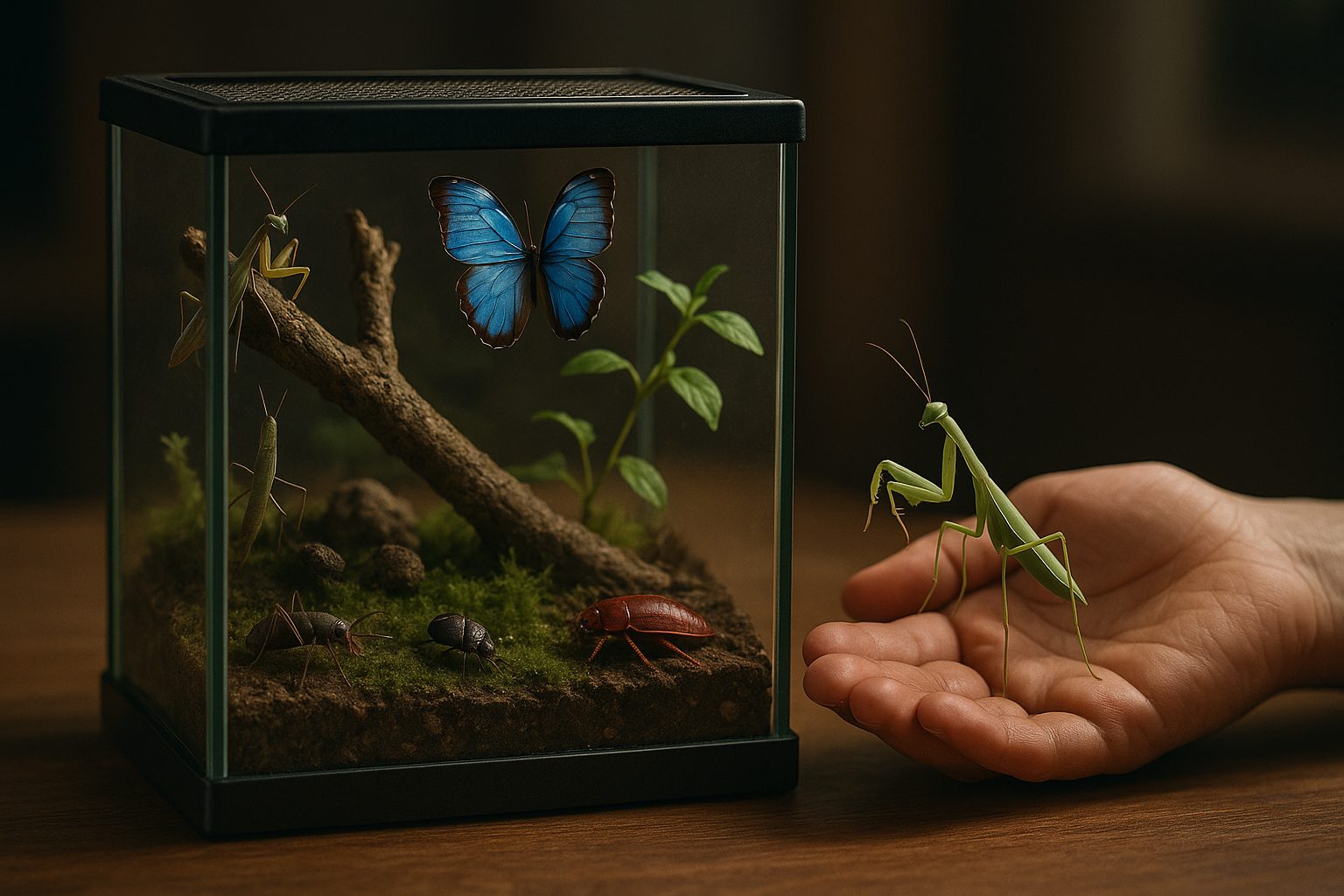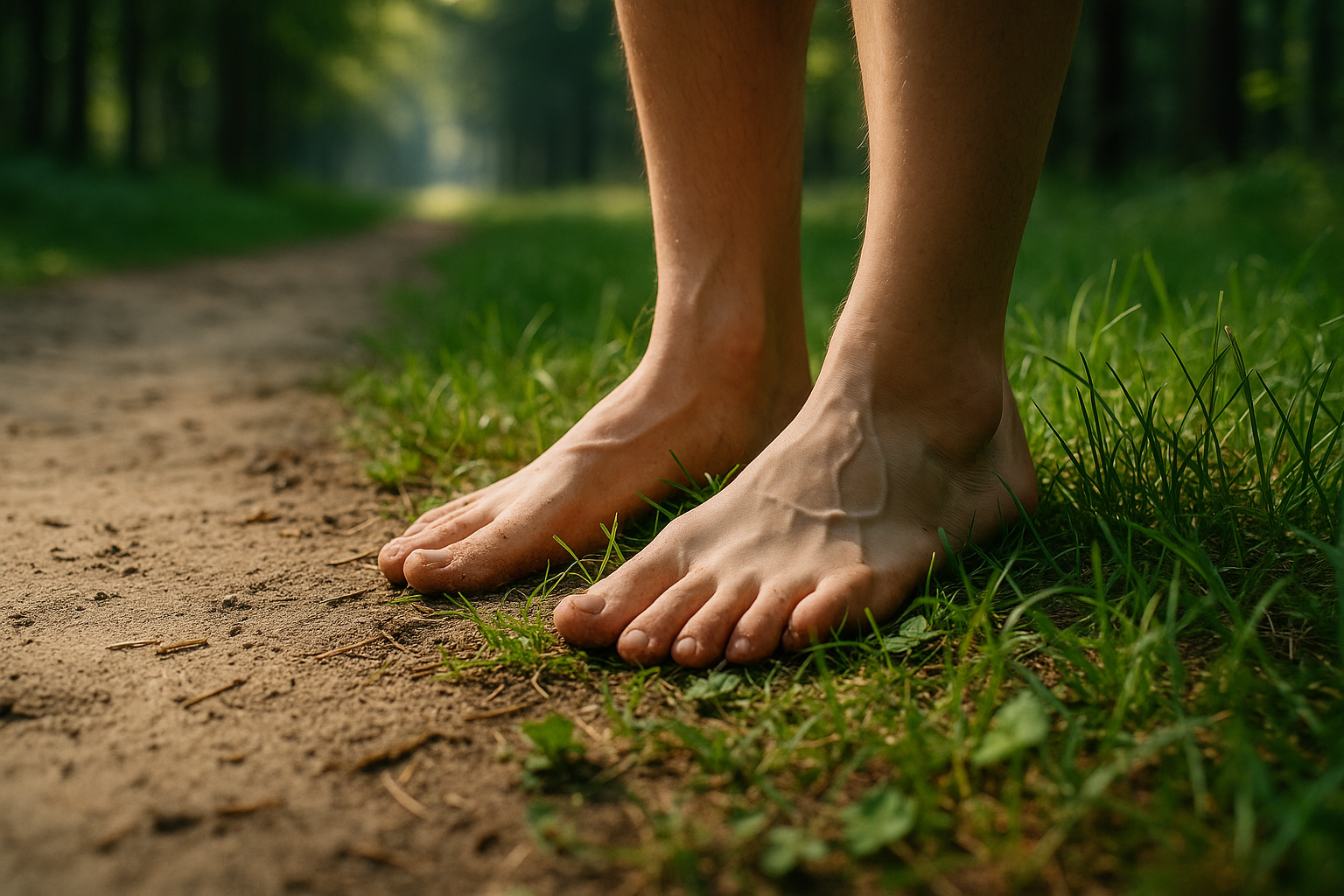Unearthing the Healing Potential of Grounding: Can Earth's Electrical Energy Boost Your Health?
Can the simple act of walking barefoot on the Earth's surface really improve your health? This captivating idea, known as 'grounding' or 'earthing,' has been gaining traction in wellness circles. Let's dig deeper into the science and implications of this intriguing health concept.

Grounding: A Connection Reestablished
In ancient times, humans lived in close contact with the Earth, walking barefoot and sleeping on the ground. However, modern lifestyle changes have resulted in a growing disconnect from our natural environment. Grounding aims to reestablish this connection by encouraging direct contact with the Earth’s surface.
Scientifically, grounding refers to the process of absorbing the Earth’s free-flowing electrons through the skin. Earth’s surface maintains a negative charge thanks to a steady supply of free electrons from thunderstorms and solar radiation. When you walk barefoot, these electrons can transfer into your body, influencing your health in various ways.
The Science Behind Grounding
While grounding may sound like a fringe wellness concept, it has surprising scientific credibility. Several studies have explored its potential benefits, although more research is needed to confirm and explain these effects.
A 2012 review published in the Journal of Environmental and Public Health found that grounding can improve sleep, reduce pain, decrease stress, and increase overall well-being. The authors theorized that the Earth’s electrons might neutralize positively charged free radicals in the body, reducing oxidative stress and inflammation.
Moreover, a 2015 study in the Journal of Inflammation Research suggested that grounding could enhance wound healing. The authors speculated that this might be due to improved blood flow or a shift in the body’s electrical environment.
Benefits and Challenges of Grounding
Grounding offers several potential benefits, from improved sleep to accelerated wound healing. It’s also an accessible and inexpensive wellness strategy, requiring nothing more than direct skin contact with the Earth.
However, grounding also has its challenges. Not everyone has access to safe, unpolluted green spaces for barefoot walks. Moreover, the scientific evidence for grounding is still emerging, and some experts remain skeptical about its reported benefits.
Practical Tips for Grounding
-
Start small: Aim for about 30 minutes of grounding each day, gradually increasing the duration as you get comfortable.
-
Opt for natural surfaces: Grass, soil, and sand conduct Earth’s electrons best. Concrete is a decent conductor, but asphalt, wood, and synthetic materials are not.
-
Try grounding products: If outdoor grounding isn’t feasible, grounding products like mats, sheets, and bands can offer an indoor alternative. However, their effectiveness compared to natural grounding is not yet fully understood.
While grounding is an intriguing health concept with promising scientific support, it’s not a miracle cure. Like any wellness strategy, it should be part of a balanced lifestyle that includes a healthy diet, regular exercise, and adequate sleep. However, if grounding can indeed help us tap into the Earth’s healing potential, it may offer a powerful tool in our ongoing quest for health and wellbeing.




